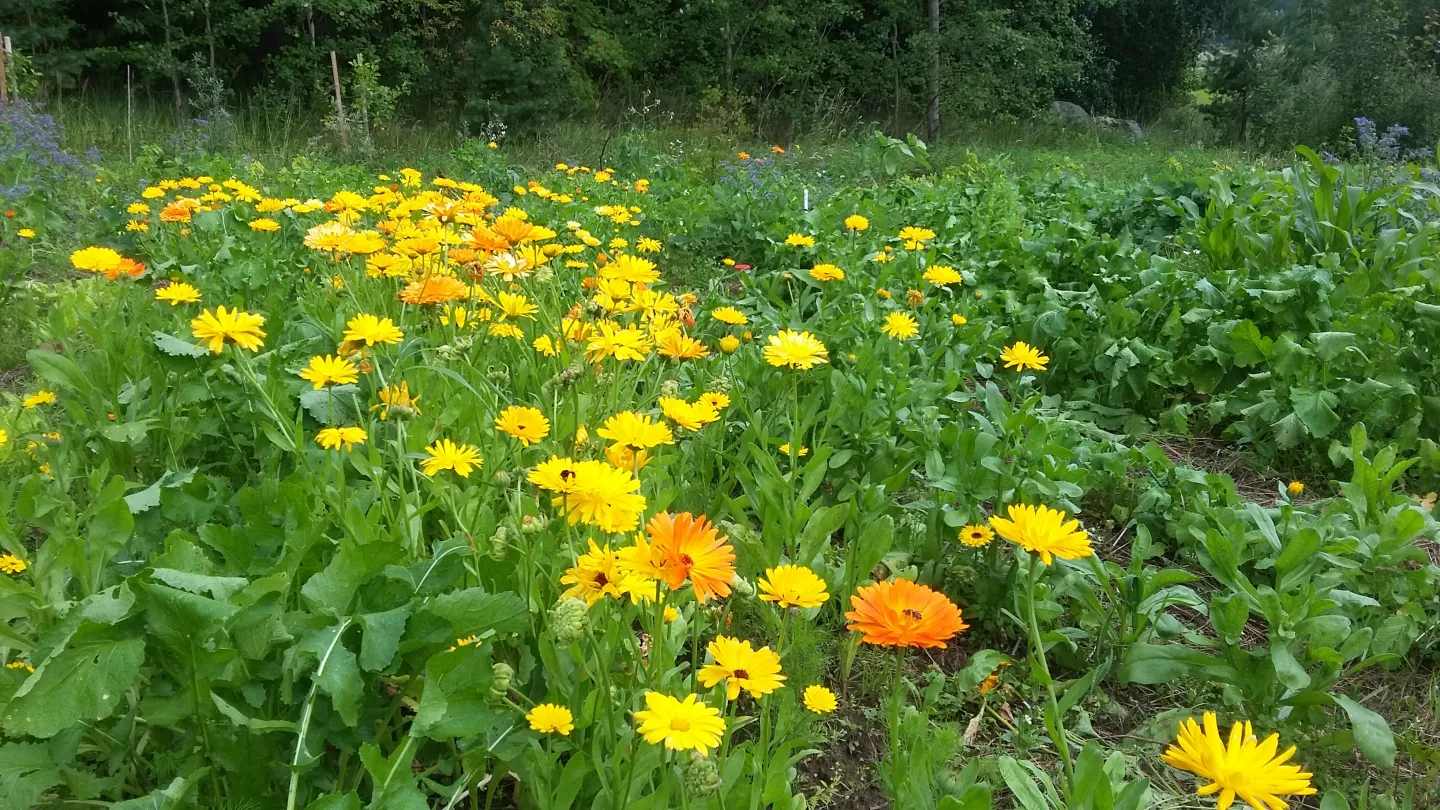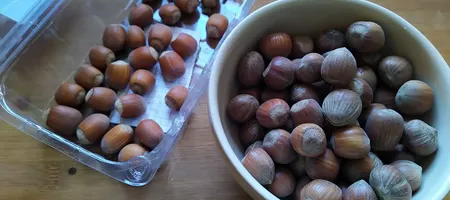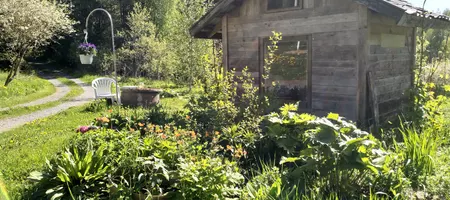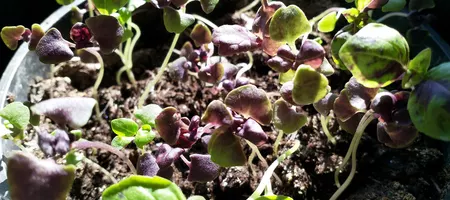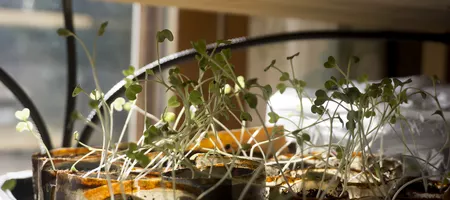I have a lot of calendula plants in my garden. Usually too much, as they tend to sow themselves in the fall and rise in the most surprising places the next spring. I let them rise, as they are actually really beneficial plants to have in any garden!
Obviously calendula (officially calendula officinalis, also called pot marigold) is really beautuful. It makes a great cut flower and it's just a joy to look at while working in the garden. But, it has medical uses as well as does a job keeping pests at bay in the produce garden!
There's a long history of using calendula lotion to soothe and heal bruises, cuts, rashes and burns. The first time I came in contact with it was when I bought a little jar of lotion from a convent where the nuns made it for small-scale sale. I used it at home for bruises mostly, and it really did help! That's why this year I am trying to make my own. Here's the plan:
- gather calendula flowers, or better said petals
- let them dry. Some say let them dry for a couple of days in room temperature, some claim that you should dry them completely with a dehydrator or warm oven. This time I am trying the first variant.
- pack dried petals tightly into a clean jar and cover them with a good oil. I am using organic, Finnish rapeseed oil.
- Place the jar in window, bright but not in direct sunlight.
- Shake the jar every day (be wise, not like me, and test the lid tightness before putting in the oil!) and finally
- in 2-4 weeks you can strain the oil through a coffee filter and use it as-is, or make a skin cream out of it. I plan to mix my oil with beeswax to create a more useable texture.
When it's done I'll make sure to tell you how it turned out, at least on our Instagram, Facebook and Twitter, if the report is not interesting enough for a full blog post!
Calendula in the garden is a true friend of the produce and the soil, too. It has a thick root and it leaves a nice loose bit of soil when I weed the extra plants in my garden during the summer. The plant is good for mulch, both while growing and pulled out.
The flowers, bright as they are, attracht bees and butterflies, but also other friends like ladybugs. It attracts some pests also, like aphids, but that's a good thing actually! The aphids go to the calendula plant only, and leave the rest of the garden in peace! The plant repels some other pests, like the tomato hornworm, too. It does have a strong smell to its green parts - maybe that's the trick? Some people even make insect repellent from calendula. Another an idea to look into!




